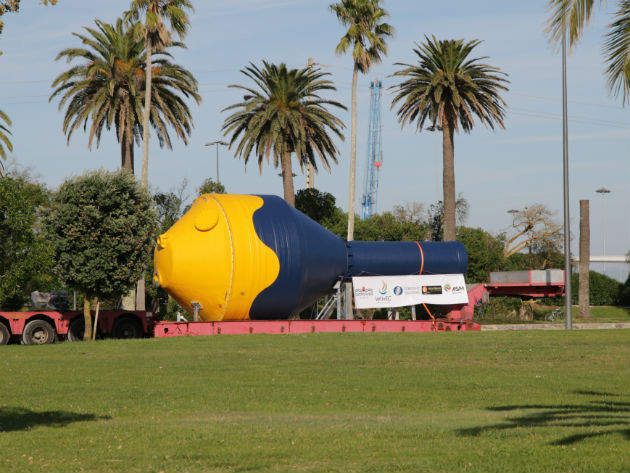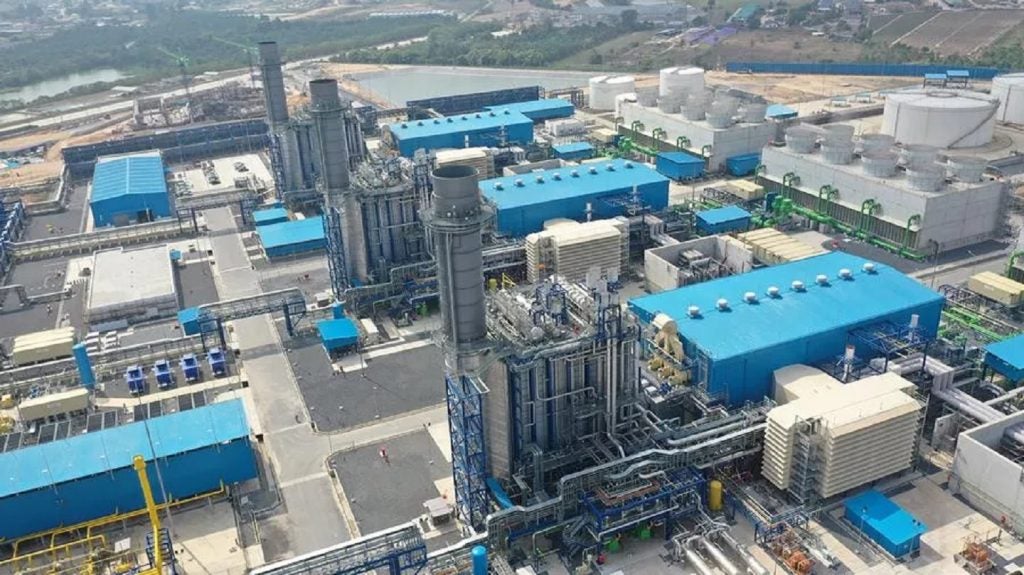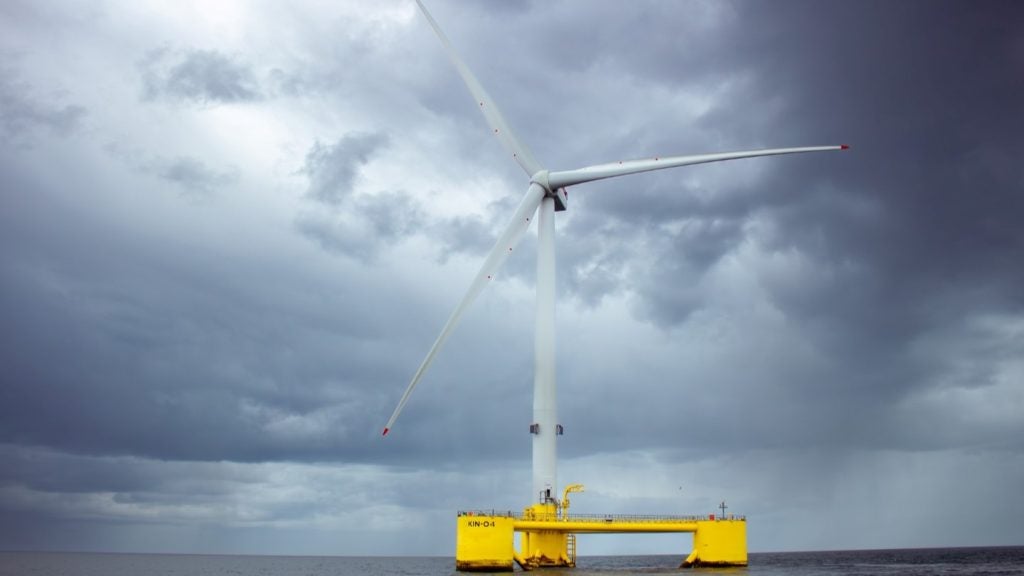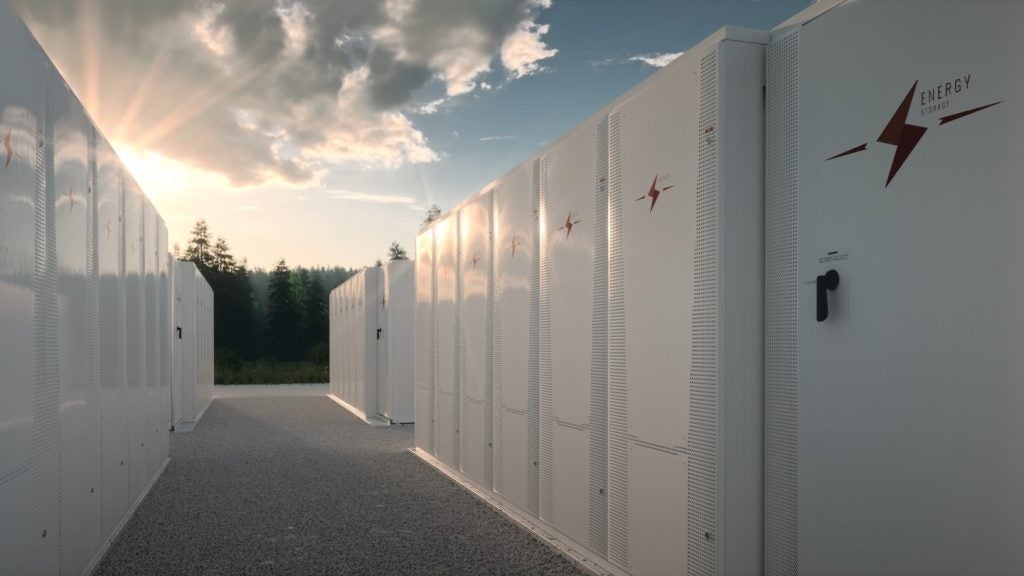
Lake Turkana Wind Power Project
Once completed, the Lake Turkana Wind Power project in Kenya will be the largest wind farm in Africa, and will represent the single largest private investment in Kenya’s history.
Set for completion in 2017, the project will consist of 365 wind turbines, each with a capacity of 850kW, located in the arid Marsabit County.
The Ksh70 billion (€620 million) wind farm aims to provide 310MW of reliable, low-cost wind power to Kenya’s national grid, equivalent to approximately 18% of the country’s current installed electricity generating capacity.
Partners in the project include Vestas, Siemens and SECO.
The power produced will be purchased at a fixed price by Kenya Power & Lighting Company Ltd (KPLC) over a 20-year period, which is currently building a double circuit 400kV, 438km transmission line for the project.
According to the company, the Vestas turbines are already being tested for power generation. And in October, Lake Turkana Wind Power announced it had achieved a new milestone, having installed 155 of 365 turbines in the past six months, meaning the project is well on course to meet its 2017 completion deadline.
How well do you really know your competitors?
Access the most comprehensive Company Profiles on the market, powered by GlobalData. Save hours of research. Gain competitive edge.

Thank you!
Your download email will arrive shortly
Not ready to buy yet? Download a free sample
We are confident about the unique quality of our Company Profiles. However, we want you to make the most beneficial decision for your business, so we offer a free sample that you can download by submitting the below form
By GlobalDataChernobyl Solar Power Project
In 2017, two Chinese firms will commence the building of a solar power facility within the irradiated exclusion zone surrounding the former Chernobyl Nuclear Power Plant in Ukraine.
The zone has been abandoned since the 1986 catastrophic nuclear accident.
GCL System Integration Technology (GCL-SI), a subsidiary of the GCL Group, will co-operate with China National Complete Engineering Corporation (CCEC) for the project announced in November.
The 1-gigawatt plant is expected to bring ‘remarkable’ social and economic benefits to the damaged area, according to Shu Hua, chairman of GCL-SI.
The exact location of the solar plant within the 30km exclusion zone is unknown, but a GCL-SI manager told Reuters that the place was deemed safe by Ukrainian authorities and underwent several inspections by company technicians. He added that Ukraine had already passed a law for Chernobyl to be developed for agriculture and other activities.
Ouarzazate Solar Power Station aka Noor Power Station
The $9bn Noor Power Station project being constructed in the Drâa-Tafilalet region of Morocco, which is expected to produce 580MW at peak, powering one million homes, is set for completion in June next year.
The project is being built in four stages by Spanish consortium TSK–Acciona–Sener. The first stage was completed at the beginning of this year and the second stage is set to be completed by June 2017.
Once the third stage is completed in 2018, the plant will be able to store energy for up to eight hours in the form of heated molten salt, allowing for the production of electricity into the night.
The completed first phase has an installed capacity of 160MW and was connected to the Moroccan power grid on 5 February. It covers 450 hectares (1,112 acres) and is expected to deliver 370 gigawatt hours (GWh) per year.
The project is the first in a series of several planned developments at the Ouarzazate Solar Complex by the Moroccan Agency for Solar Energy (MASEN).
The North African country plans to generate 42% of its energy from renewables by 2020, with one-third of that total coming from solar, wind and hydropower apiece.
Neelum-Jhelum Hydropower Plant
Costing more than $1.474bn, the Neelum-Jhelum hydropower project will use water from the local Neelum River in Pakistan-occupied Kashmir diverted to a power station on the Jhelum River. The power station will have an installed capacity of 969MW.
Construction of the hydropower plant in Pakistan began in 2008 after Chinese consortium China Gezhouba Group Corporation was awarded the construction contract by the Pakistan Water and Power Development Authority.
The China Gezhouba Group Corporation began work on the 10.4km-long tunnel where the water will be diverted in January 2013, simultaneously digging with traditional blasting and drilling methods from the upstream side and a tunnel-boring machine from the downstream side.
Similar work is also being performed on the other side of the project. The right side is expected to reach completion next year, with the facility on schedule to begin generating power in early 2018.
Up until now, the project has experienced many delays and setbacks, including the 2005 Kashmir earthquake, which devastated the region and required a redesign of the project to conform to more stringent seismic standards.
It has also courted controversy, with out-of-control costs causing some banks to pull funding from the project last year.
Neighbouring India is also developing the 330MW Kishenganga project on the same waterway, and according to reports an agreement between to the two countries dictates that whichever country completes its plant first will have priority rights to the river.
CorPower Wave Power project
Early next year, Sweden’s CorPower Ocean AB, a developer of compact high efficiency wave energy converters to generate wave power, is to install its next wave power testing plant at the European Marine Energy Centre (EMEC) in Scotland.
In 2015, following initial support from the Swedish Energy agency and InnoEnergy, CorPower Ocean was awarded a contract for pilot testing in Stockholm, Sweden and Orkney, Scotland.
CorPower develop resonant Wave Energy Converters that have a heaving buoy on the surface of the water absorbing energy from the combined surge and heave motion of the waves.
The company is working on a three-year WaveBoost project. The programme targets significant improvements in the reliability and performance of wave energy converters by using pneumatic components in combination with advanced control technology.
In November, the company was awarded a €4m grant by the European Commission for the project.
The project brings together leading European partners from industry and academia, including utility company EDP Innovation, WavEC Offshore Renewables, the EMEC, the University of Edinburgh, SP Technical Research Institute, PMC Cylinders, GS-Hydro and CorPower Ocean.








